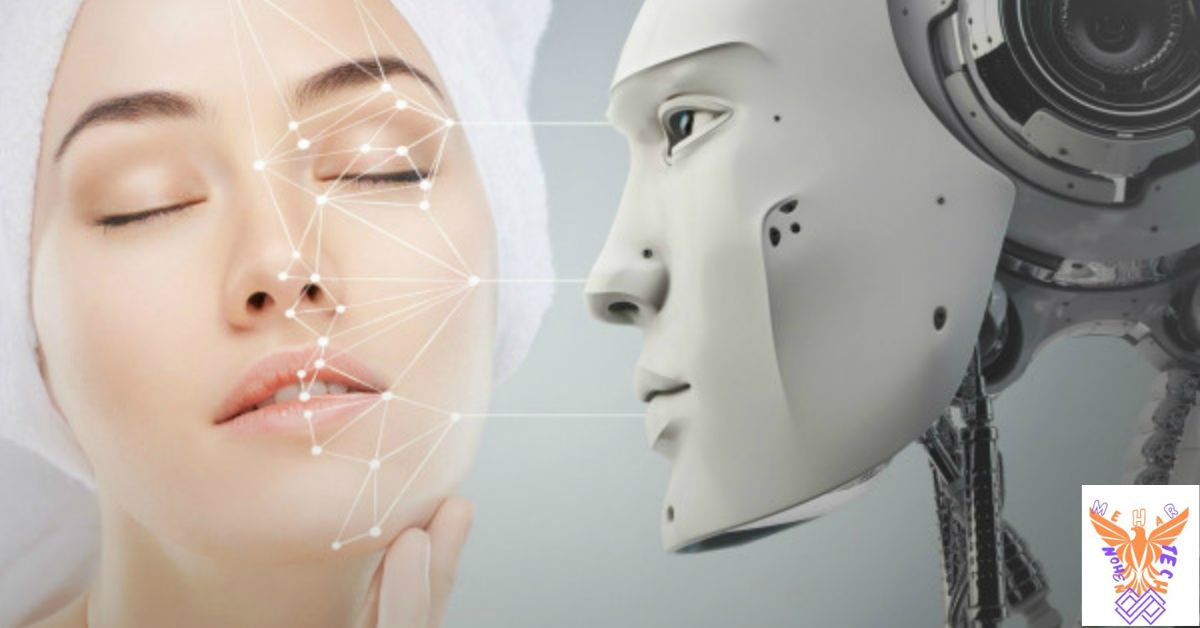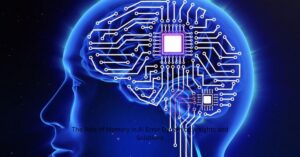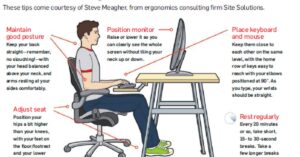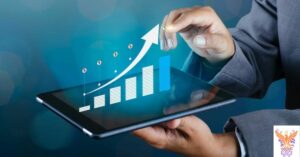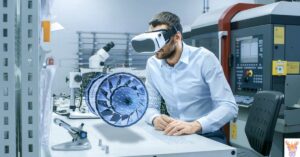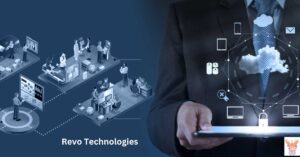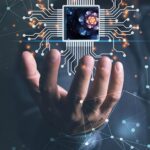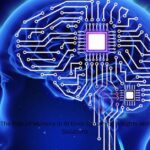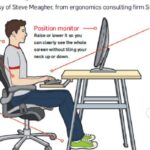The beauty industry is on the brink of a revolution. AI attractiveness testing once a sci-fi concept is now becoming reality. This cutting-edge technology promises to reshape how we perceive and measure beauty.
Gone are the days of relying solely on human opinion. Advanced algorithms can now analyze facial features, symmetry, and even subtle expressions. They’re crunching data faster than ever before, offering insights that were once unimaginable.
This emerging area is not, without its share of debate. Skeptics are concerned, about perpetuating ideals of beauty while proponents believe it could promote inclusivity. As AI advances our perceptions of beauty will also evolve. The era of beauty influenced by intelligence has arrived.
Definition of AI attractiveness testing
AI attractiveness testing uses computer algorithms to evaluate human beauty. It’s a high-tech way to measure what makes someone visually appealing. These systems analyze facial features, body proportions, and even subtle expressions.
The goal is to quantify attractiveness objectively. Instead of relying on personal opinions, AI provides data-driven assessments. This technology is reshaping how we think about beauty in the digital age.
How AI attractiveness testing works
AI attractiveness testing starts with data collection. The system captures images or videos of people from various angles. It then breaks down these visuals into measurable components like facial symmetry, skin texture, and body ratios.
Next, the AI compares this information to its database of beauty standards. It uses complex algorithms to score different attributes. The result is a numerical rating of attractiveness. Some systems even suggest ways to enhance one’s appearance based on these calculations.
The role of machine learning in attractiveness testing
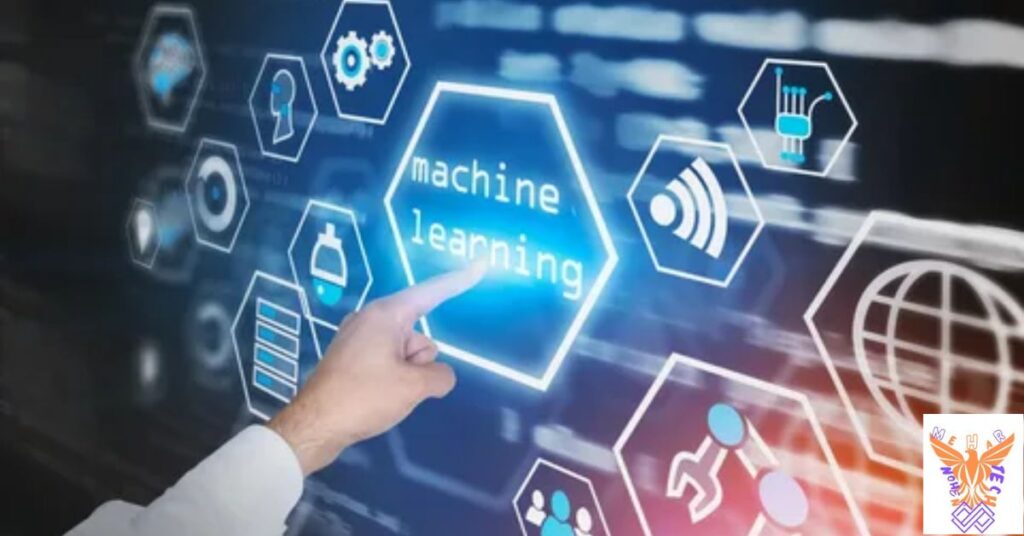
Facial recognition tech is the backbone of AI attractiveness testing. It maps out key points on a person’s face, creating a digital blueprint. This technology can identify unique facial features in seconds.
- Identifies facial landmarks
- Creates a digital face map
- Tracks subtle facial movements
The system then compares these maps to vast databases. It looks for patterns and similarities to faces deemed attractive. This process helps quantify beauty in ways humans can’t easily do.
Related this post: AI Credit Repair: A Smarter Way to Rebuild Your Financial Future
Analysis of facial features and proportions
The AI closely examines characteristics with precision. It assesses the space, between the eyes, the breadth of the nose and the plumpness of the lips. Additionally it judges the symmetry of features a trait often associated with attractiveness.
- Measures facial feature sizes
- Calculates ratios between features
- Assesses overall facial harmony
These measurements are compared to what’s considered “ideal” proportions. The AI can then score how closely a face matches these standards. It might even suggest ways to enhance certain features.
Assessment of skin tone, texture, and condition
AI doesn’t just look at facial structure. It also analyzes skin quality, which plays a big role in perceived attractiveness. The technology examines skin tone for evenness and healthy coloration.
- Evaluates skin color uniformity
- Detects blemishes and imperfections
- Assesses skin radiance and glow
Texture analysis is another key component. AI can spot fine lines, wrinkles, and pores. It measures skin smoothness and firmness. The system then factors all these elements into its overall attractiveness score.
Evaluation of hair texture, color, and style
| Aspect | Description | AI Analysis | Considerations |
| Texture | Fine, medium, coarse | Density measurement, strand thickness | Cultural diversity in hair types |
| Color | Natural, dyed, highlighted | Shade detection, undertone analysis | Lighting effects on perception |
| Style | Straight, wavy, curly, coiled | Pattern recognition, volume assessment | Individual preferences vary |
| Length | Short, medium, long | Measurement from scalp to ends | Growth rates differ among people |
| Health | Shine, breakage, split ends | Surface analysis, damage detection | Protein and moisture balance |
The impact of AI on beauty standards
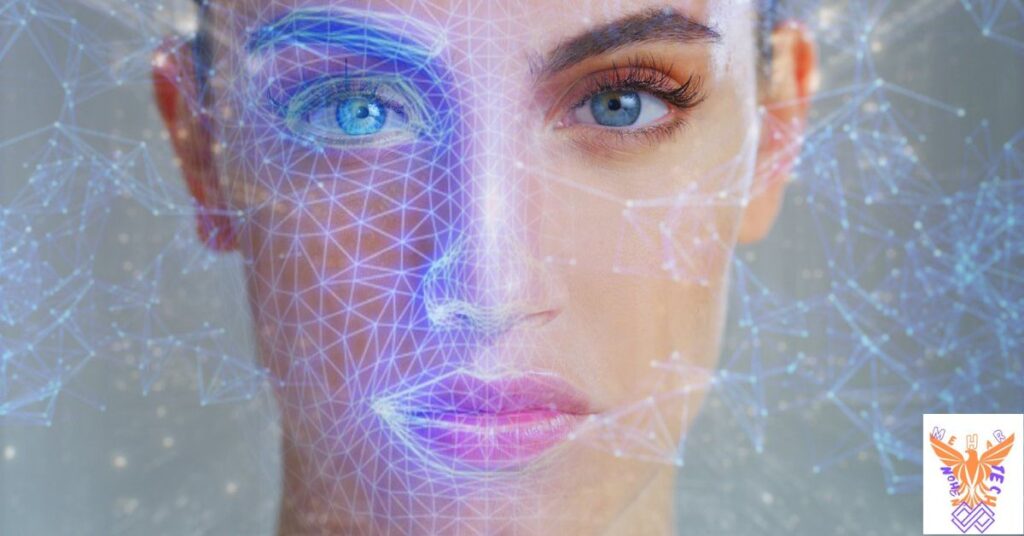
- AI analyzes vast amounts of data to identify trends
- It can create “ideal” faces based on popular features
- Virtual influencers with AI-generated looks are gaining popularity
- Beauty apps use AI to suggest “improvements” to users’ appearances
- AI-powered filters on social media shape perceptions of beauty
- Machine learning algorithms in dating apps influence attraction preferences
- AI can detect and quantify symmetry, often associated with attractiveness
- Cosmetic companies use AI to develop products targeting specific features
- AI-driven beauty contests raise questions about objectivity in judging
- Personalized beauty recommendations may reinforce certain standards
- AI can identify and promote diverse beauty features across cultures
- There’s potential for AI to challenge traditional beauty norms
- AI beauty tools might increase pressure for “perfection”
- The tech could lead to more inclusive representation in beauty advertising
- AI analysis of celebrity features influences beauty trends
- Ethical concerns arise about AI perpetuating unrealistic standards
Personalized beauty recommendations using AI
AI is changing how we shop for beauty products. It’s like having a personal stylist in your pocket. These smart systems analyze your features, skin type, and preferences.
Then they suggest products tailored just for you. No more wasting money on items that don’t work. AI helps you find the perfect match every time.
AI-powered beauty product development:
Cosmetic companies are turning to AI for innovation. These intelligent systems can predict trends and consumer needs. They’re speeding up the creation of new formulas and shades.
AI helps brands test products virtually before they hit the shelves. This means better quality and less waste. It’s a win for companies and customers alike.
Also Read This post: Lotus Connections in the Digital Age: Building Meaningful Relationships
The potential for bias in AI attractiveness testing
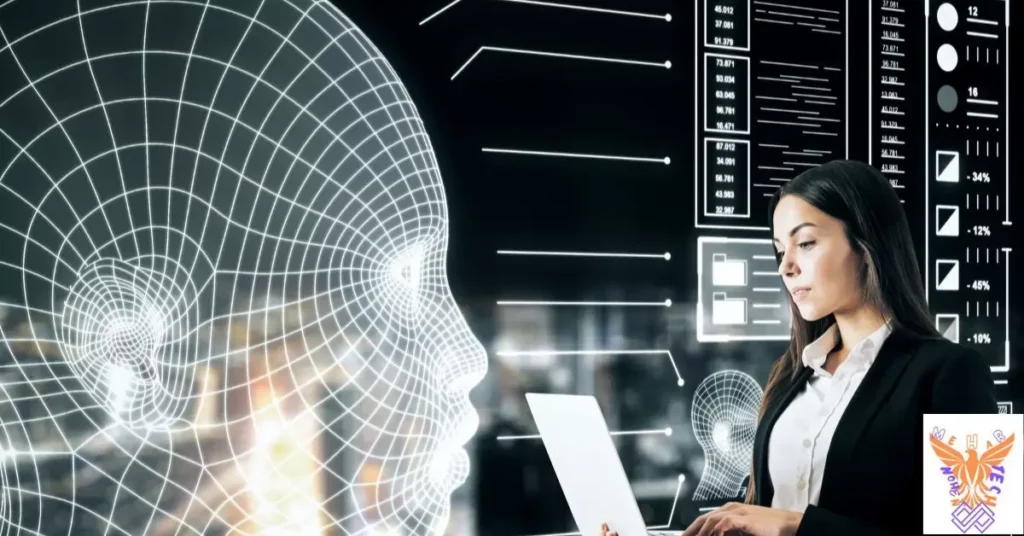
- AI beauty tools can inherit human biases
- Training data may lack diversity
- This can lead to narrow beauty standards
- Certain features or ethnicities might be favored unfairly
- AI might not recognize beauty in all skin tones or facial structures
- Results could reinforce existing stereotypes
- Underrepresented groups may be further marginalized
- AI systems might not account for cultural differences in beauty
- There’s a risk of promoting a single ideal of attractiveness
- Bias could impact opportunities in industries using these tools
- Developers must actively work to ensure AI fairness
- Regular audits of AI systems are crucial
- Diverse teams are needed in AI development
- Transparency in AI decision-making processes is important
- Users should be aware of potential biases in AI beauty assessments
The potential for bias in AI attractiveness testing
AI beauty tools aren’t perfect. They can inherit human biases. If the data used to train them isn’t diverse, the results won’t be either.
This could lead to narrow beauty standards. It’s crucial to ensure AI systems represent all types of beauty. Developers must work hard to make these tools fair and inclusive.
Ethical considerations in the use of AI in beauty
Using AI in beauty raises important questions. We must think about privacy and data protection. Your face and body data are personal. Companies need to handle this info with care.
There’s also the issue of unrealistic beauty standards. AI could make people feel pressured to look a certain way. We need to use this tech responsibly. It should celebrate diversity, not create more insecurity.
The future of beauty in the age of AI
AI is set to transform the beauty industry. We’ll see more personalized products and services. Virtual try-ons will become more realistic and common.
But human touch will still matter. AI will be a tool, not a replacement for artists and experts. The future of beauty will blend tech smarts with human creativity. It’s an exciting time for innovation in cosmetics and skincare.
Frequently Asked Question
Is AI attractiveness testing accurate?
It’s improving but can’t capture all aspects of human beauty.
Can AI replace human beauty experts?
No, AI complements human expertise but can’t replicate intuition and creativity.
How does AI analyze hair?
It uses image recognition to assess texture, color, and style.
Are AI beauty recommendations customized?
Yes, they’re based on individual features and preferences.
Can AI in beauty be biased?
It can be if not trained on diverse data sets.
Conclusion
The beauty industry is being transformed by AI in ways we never thought possible. It provides suggestions, simplifies product creation and alters our perception of beauty. The forthcoming beauty landscape is intelligent, effective and customized to suit requirements.
However this era of advancement presents its set of obstacles. We need to tackle dilemmas, potential prejudices and the effects, on self perception. It is essential to view AI as a means of empowerment, than a creator of ideals.
As we move forward, the key will be striking a balance. We should embrace AI’s potential to innovate while preserving the human elements of creativity and diversity in beauty. The future looks bright, but it requires thoughtful implementation and ongoing dialogue.
